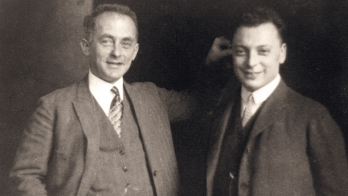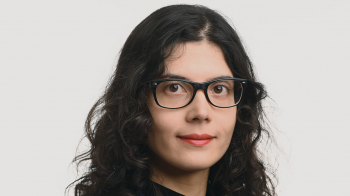By P Blood
Oxford University Press
This book provides a comprehensive discussion of quantum confined semiconductor lasers, based on the author’s long and extensive experience in the field. In a pedagogical fashion, it takes the reader from the physics principles and processes exploited by lasers (giving a consistent treatment of both quantum-dot and quantum-well structures) to operation of the most advanced devices.
The text begins with a short historical account of the birth and development of lasers in general (called “maser” at the very beginning because restricted to microwaves), and the diode laser in particular. Thereafter, the book is organised into five sections. The first, dedicated to the diode laser, provides the framework for the whole volume. The second section describes the fundamental processes involved in the physics of lasers, a subject that is then treated in depth in the third part. The fourth section discusses the operation of laser devices and their characteristics (light-current curves, threshold current, efficiency, etc). Finally, the author tackles the important topics of recombination and optical gain, describing ways in which they can be measured on device structures and compared with theoretical predictions.
Full of detailed explanations, illustrations from model calculations and experimental observations, as well as a comprehensive set of exercises, the book is recommended to final-year undergraduate and PhD students, as well as researchers who are new to the field and need a complete overview of the subject.









